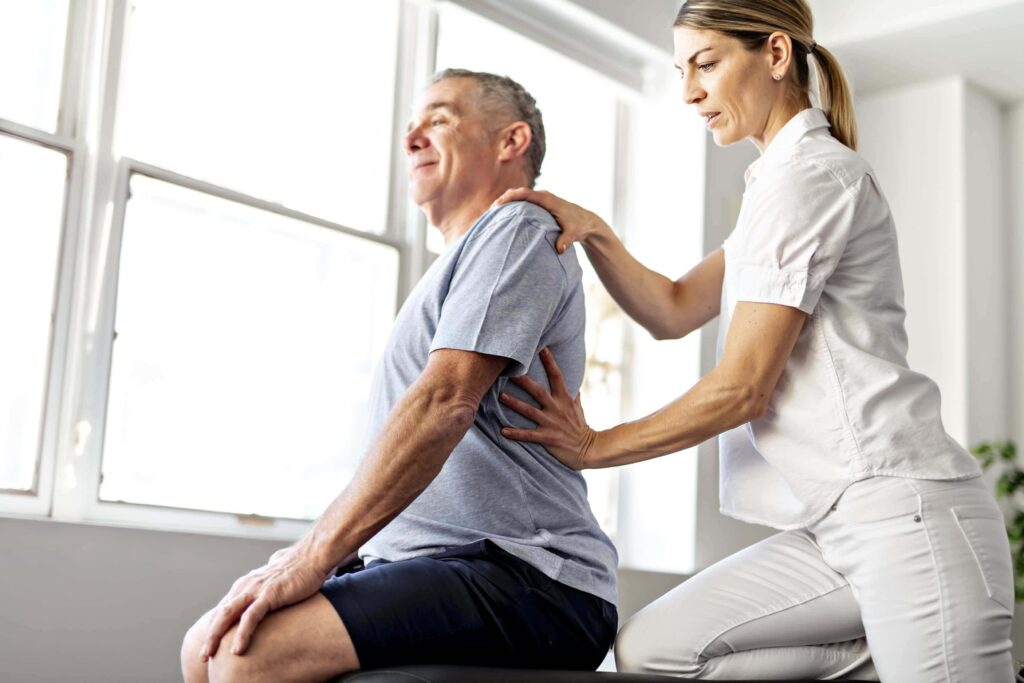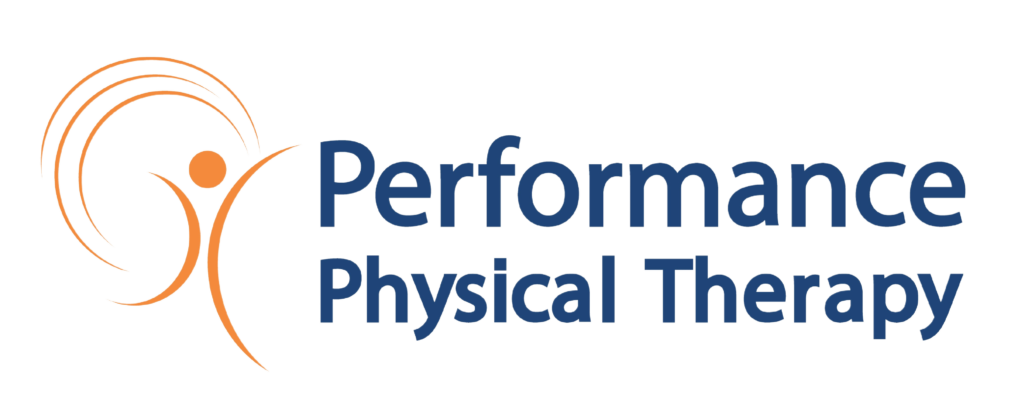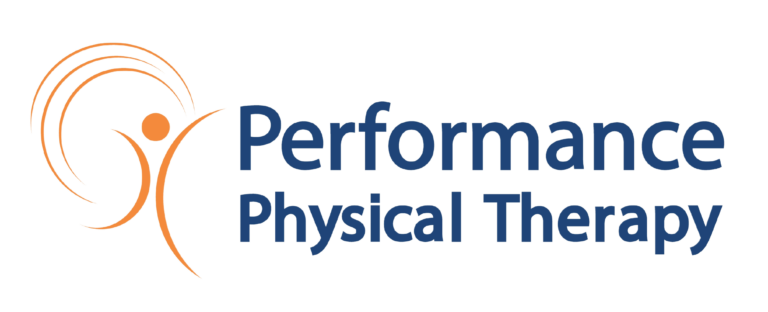WHAT TO EXPECT FROM PHYSICAL THERAPY AFTER SHOULDER REPLACEMENT SURGERY

Shoulder replacement surgery has a number of advantages and can treat a wide range of diseases and conditions. However, treatment does not always come to an end once the operation is completed. After receiving your new joint, you will begin the recovery process, which will almost certainly include physical therapy.
Continue reading to learn why you’ll need physical therapy following a shoulder replacement and what to expect.
Why Have Shoulder Replacement Surgery?
Shoulder replacement surgery is a medical procedure that your orthopedic doctor may suggest for a variety of reasons. One reason is the onset and progression of a degenerative condition such as arthritis. Alternatively, you may require one as a result of physical trauma or damage. The following orthopedic issues can be treated with a shoulder replacement:
- Osteoarthritis
- Rheumatoid arthritis
- Physical injuries (such as due to impacts during sports or accidents)
- Osteonecrosis
What Is Shoulder Replacement Surgery?
Shoulder replacement is a surgical procedure in which damaged parts of a shoulder joint are replaced with artificial components known as prostheses to eliminate the source of pain and dysfunction.
Shoulder replacement surgery is classified into three types:
- Total Shoulder Replacement
In a total shoulder replacement, your orthopedic surgeon will implant a completely new artificial joint.
- Reverse Total Shoulder Replacement
Your orthopedic surgeon may use a reverse replacement if your rotator cuff is torn and unsalvageable. The joint’s socket will be attached to your arm, while the ball will be attached to your shoulder blade. There are no major issues with either reverse or total replacements.
- Partial Shoulder Replacement
If only a portion of the shoulder joint is damaged, you may choose to replace only that portion.
Why Have Physical Therapy After Shoulder Replacement?
Shoulder replacement surgery is a highly effective treatment option for patients suffering from shoulder pain. However, physical therapy is usually included in treatment plans following a successful operation.
Physical therapy has multiple benefits for joint replacement patients, including:
- Pain relief
- Improved strength
- Increased range of motion
- Faster recovery
Physical therapy exercises help to ensure that your joint heals properly. Physical therapy can also help with stiffness, pain, and other symptoms.
What To Expect From Physical Therapy
Physical therapy and rehabilitation are critical for recovery after a shoulder replacement. Physical therapy encompasses a wide range of modalities. The type of therapy you receive will be determined by your specific needs and your orthopedic doctor’s diagnosis.
Physical therapy usually begins almost immediately following shoulder replacement surgery. Because you may not be able to move your arm on your own right after surgery, your physical therapist may recommend and begin with manual therapy.
While in the hospital, you can expect one to two physical therapy sessions per day. An occupational therapist and a nurse discharge planner will also help you prepare for your return home, including scheduling physical therapy sessions. Once you’ve returned home, it’s critical that you follow your doctor’s instructions regarding your therapy. You will need to see a physical therapist on a regular basis for several weeks until you are fully healed.
MANUAL THERAPY
Manual therapy is a treatment technique in which your therapist manipulates, massages, or moves your tissues. These actions aid in the improvement of circulation and the prevention of stiffness. They also aid in the maintenance of muscle function in the long run.
Massage is sometimes confused with manual therapy. Although massage may be used as part of the treatment, manual therapy incorporates medically and scientifically proven methods into its regimen.
PHYSICAL EXERCISES
When you are able to move on your own, your physical therapist will teach you specific exercises to regain full arm and shoulder movement.
They will be difficult to perform at first. As with any exercise, the more you do it, the easier it will become. Your physical therapist may assist you in performing these exercises until you have gained the strength and endurance to do them on your own. The types of movements you will do will be determined by your doctor. You can, however, expect to rotate, lift, and move your arm and shoulder in a variety of ways.
You can expect to do the following physical exercises:
- Shoulder pulley
- Pendulum exercises
- Isometric exercises
- Strengthening exercises
- Stretches
Physical therapy post-surgery is essential to prevent and reduce various post-operative problems. The exercises and treatment modalities in physical therapy can mitigate pain and stiffness. At the same time, they also help patients recover and improve their strength, mobility, and healing.
If you are looking for a clinic that can help you with your shoulder concerns, visit Performance Physical Therapy. Our physical therapist doctors concentrate on the functional goals that are most important to you and ensure you get back to your daily routine in no time!
Please contact our office at (302) 234-2288 if you have any questions about our services. Alternatively, use our secure online appointment request form to make an appointment.

